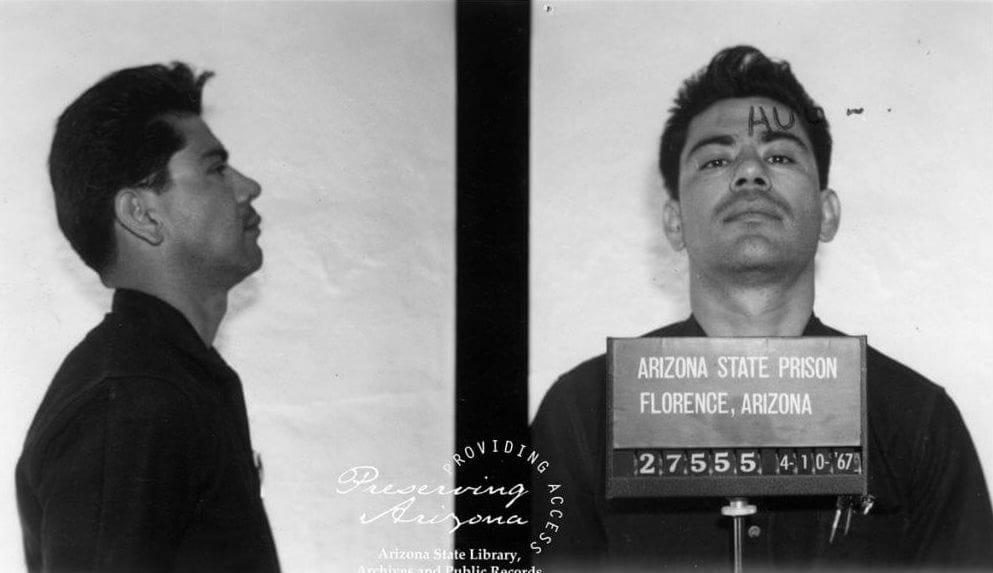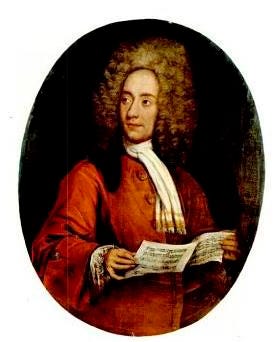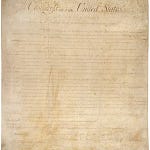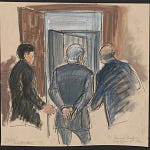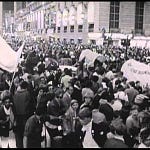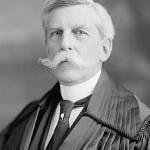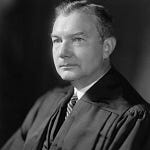This Day in Legal History: Miranda v. Arizona
On June 13, 1966, the U.S. Supreme Court issued its landmark decision in Miranda v. Arizona, fundamentally reshaping American criminal procedure. The case centered on Ernesto Miranda, who had confessed to kidnapping and rape during a police interrogation without being informed of his constitutional rights. In a narrow 5–4 ruling, the Court held that the Fifth Amendment’s protection against self-incrimination and the Sixth Amendment’s right to counsel require law enforcement officers to inform suspects of their rights before custodial interrogation begins.
The decision mandated that suspects be told they have the right to remain silent, that anything they say can be used against them in court, and that they have the right to an attorney—either retained or appointed. These now-standard warnings, known as "Miranda rights," became a required part of police procedure across the United States.
Chief Justice Earl Warren, writing for the majority, emphasized that custodial interrogation is inherently coercive and that procedural safeguards were necessary to preserve the individual’s privilege against self-incrimination. The dissenters, led by Justice Harlan, argued the decision imposed an impractical burden on law enforcement and that traditional voluntariness tests were sufficient.
Miranda sparked immediate controversy, with critics warning it would hamper police efforts and allow guilty individuals to go free. Nonetheless, it has endured as a cornerstone of American constitutional law, embodying the principle that the government must respect individual rights even in the pursuit of justice. Over the years, the ruling has been refined but not overturned, and Miranda warnings are now deeply embedded in both law enforcement training and popular culture.
Tesla has filed a trade secret lawsuit in California federal court against former engineer Jay Li and his startup, Proception, alleging that Li stole confidential information to accelerate the development of robotic hands. According to the complaint, Li worked on Tesla’s Optimus humanoid robot project from 2022 to 2024 and allegedly downloaded sensitive files related to robotic hand movements before departing the company. Tesla claims Li used this proprietary data to give Proception an unfair edge, enabling the startup to make rapid technological gains that had taken Tesla years and significant investment to achieve.
The suit points out that Proception was founded just six days after Li left Tesla and began showcasing its robotic hands five months later—devices Tesla says bear a “striking similarity” to its own designs. Tesla is seeking monetary damages and a court order to prevent further use of its alleged trade secrets. Legal representation for Tesla includes attorneys from Gibson Dunn & Crutcher, while counsel for Proception and Li has not yet been disclosed.
Tesla lawsuit says former engineer stole secrets for robotics startup | Reuters
A federal district court and a federal appeals court issued conflicting rulings over President Donald Trump’s deployment of National Guard troops in Los Angeles amid protests over aggressive immigration enforcement.
U.S. District Judge Charles Breyer ruled earlier in the day that Trump’s order to deploy the Guard was unlawful. He found that the protests did not meet the legal threshold of a “rebellion,” which would be necessary for the president to override state control of the Guard under the Insurrection Act or related powers. Breyer concluded the deployment inflamed tensions and stripped California of the ability to use its own Guard for other state needs. His 36-page opinion ordered that control of the National Guard be returned to California Governor Gavin Newsom.
However, about two and a half hours later, the 9th U.S. Circuit Court of Appeals granted an administrative stay, temporarily pausing Breyer’s ruling and allowing Trump to retain command of the Guard for now. The three-judge panel—two appointed by Trump and one by President Biden—stressed that their order was not a final decision and set a hearing for the following Tuesday to evaluate the full merits of the lower court's decision.
Meanwhile, a battalion of 700 U.S. Marines was scheduled to arrive to support the Guard, further escalating the federal presence. Critics, including L.A. Mayor Karen Bass and Senator Alex Padilla—who was forcibly removed from a press event—argued that the military response was excessive and politically motivated. Supporters of the deployment, including Trump and DHS Secretary Kristi Noem, defended it as necessary to restore order. A Reuters/Ipsos poll showed public opinion split, with 48% supporting military use to quell violent protests and 41% opposed.
Appeals court allows Trump to keep National Guard in L.A. with Marines on the way | Reuters
In a pattern that surprises few, the conservative-dominated U.S. Supreme Court has granted President Donald Trump a series of victories through its emergency—or "shadow"—docket, continuing a trend of fast-tracking his policy goals without full hearings. Since returning to office in January, Trump's administration has filed 19 emergency applications to the Court, with decisions in 13 cases so far. Of those, nine rulings went fully in Trump’s favor, one partially, and only two against him. These rapid interventions have enabled Trump to enforce controversial policies—including ending humanitarian legal status for migrants, banning transgender military service, and initiating sweeping federal layoffs—despite lower court injunctions.
District court challenges to these actions often cite constitutional overreach or procedural shortcuts, but the Supreme Court has repeatedly overruled or paused these lower court decisions with minimal explanation. The emergency docket, once used sparingly, has become a regular tool for the Trump administration, matching the total number of applications filed during Biden’s entire presidency in under five months. Critics argue that the Court's increasing reliance on this docket lacks transparency, with rulings frequently unsigned and unexplained. Liberal justices have voiced strong objections, warning that rushed decisions with limited briefing risk significant legal error.
The Court’s 6-3 conservative majority, including three Trump appointees, has given the president a judicial green light to implement divisive policies while litigation plays out. Some legal scholars argue these outcomes reflect strategic case selection rather than simple ideological bias. Still, in light of the Court’s current composition and its repeated willingness to empower executive action, the results are hardly shocking.
Trump finds victories at the Supreme Court in rush of emergency cases | Reuters
This week’s closing theme is by Tomaso Albinoni.
This week’s closing theme is Sinfonia in G minor, T.Si 7 by Tomaso Albinoni, a composer whose elegant, expressive works have often been overshadowed by his more famous contemporaries. Born on June 14, 1671, in Venice, Albinoni was one of the early Baroque era’s leading figures in instrumental music and opera. Though he trained for a career in commerce, he chose instead to live independently as a composer, unusual for his time. He wrote extensively for the violin and oboe, and was among the first to treat the oboe as a serious solo instrument in concert music.
Albinoni’s style is marked by a graceful clarity and balanced formal structure, qualities well represented in this week’s featured piece. The Sinfonia in G minor, T.Si 7 is a compact, three-movement work likely composed for a theatrical performance or ceremonial function. It opens with a dramatic Grave, setting a solemn tone that gives way to a lively Allegro and a brief yet expressive final movement.
The G minor tonality gives the piece an emotional intensity, without tipping into melodrama—typical of Albinoni’s refined dramatic sensibility. While his best-known composition today may be the Adagio in G minor—ironically, a piece reconstructed long after his death—Albinoni’s authentic works, like this sinfonia, display a deft hand at combining lyricism with architectural clarity.
His music enjoyed wide dissemination in his lifetime and was admired by J.S. Bach, who used Albinoni’s bass lines as models for his own compositions. As we close out this week, Albinoni’s Sinfonia in G minor offers a reminder of the beauty in restraint and the enduring resonance of Baroque form.
Without further ado, Tomaso Albinoni’s Sinfonia in G minor, T.Si 7.




